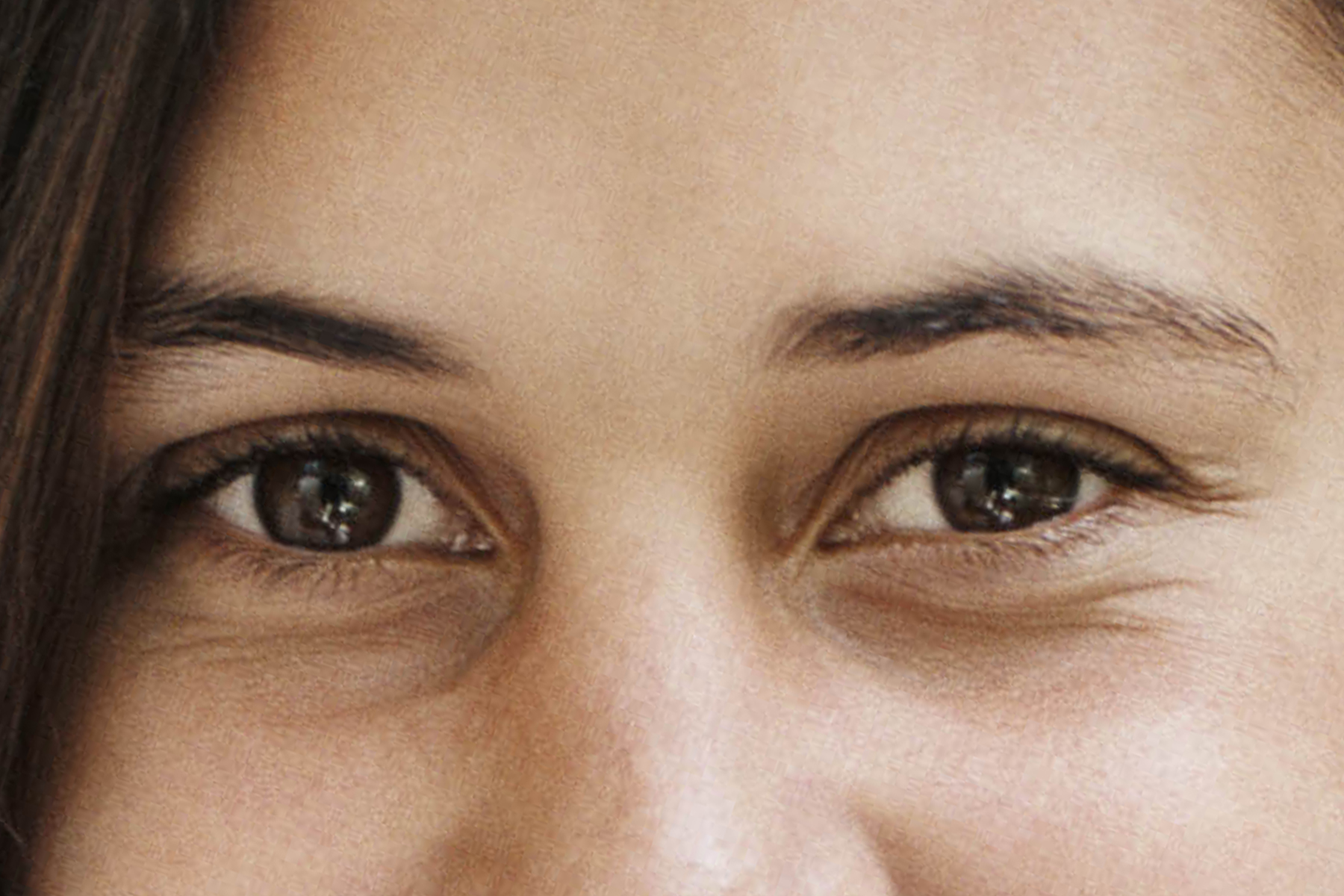Do donkeys still eat carrots?
From time to time, I have friends telling me that they go to Buddhist establishments to attend meditative practices. Generally, meditation is seen as a good thing. But there is always a nagging feeling at the back of my mind. One is about what to do with one’s eyes/senses during meditation. The other has to do with the problem of being dangled carrots as if you are a donkey. (Do donkeys still eat carrots?) A good thing can easily turned into a bad thing.
Let me deal with the first in this post.
In our introductory meditation classes, the first thing we tell people to do is to keep their eyes open. You can try it now. Visualize anything you want. Visualize your mother, but you have to keep your eyes open. Nine times out of ten, people complain that they couldn’t do it if they try to do it intentionally. But you get the opposite answer when you ask them if they have ever had daydreams. So keeping one’s eyes open is not such a remarkable ability.
The mind is like a mirror. The images on the mirror can be beautiful, they can be ugly. They may be reflected as they are, they may be distorted. The images may appear in all shapes and sizes, but the mirror remains a mirror. The ability to reflect never ceases. There used to be funny story about mirrors. A mother saw the image of her son on the mirror. Upon seeing the image, she proceeded to scrub the mirror, trying to clean the dirt off of his face.
So what does the mirror have to do with keeping one’s eyes open during meditation? For humans, the sharpest senses are seeing and hearing. We spend most of our consciousness seeing and hearing. This is not to brush off the other senses. But one closes off sight and sound, you are closing off a bulk of your reality.
The issue of open or shut eyes becomes an issue of meditation. Is meditation about floating off to a daydream disconnected from your reality? Better yet, is there a difference between meditation and daydreaming? (You don’t really want me to spell it out right? It’s like white space in a painting, do you need it?)
A secondary concern we get often is the content of the visualization. In various visualization exercises, we give instructions on what to visualize. We may tell you to visualize an endless blue sky that is vivid and bright and in omni direction. Perspectives are many. Some say great, some say peaceful, some say stressful.
But think about it, what you visualize are thoughts of your mind. It is not as if you become cautious when crossing the road, or get excited when playing sports.
Without getting into the big metaphysical discussion on the difference between our day-to-day reality and the visualized reality, if there is one, can you “rest” with the thoughts in your head?
There is a Buddhist analogy that even a thought is a universe unto itself. Can you stay on the surf board without falling off?
